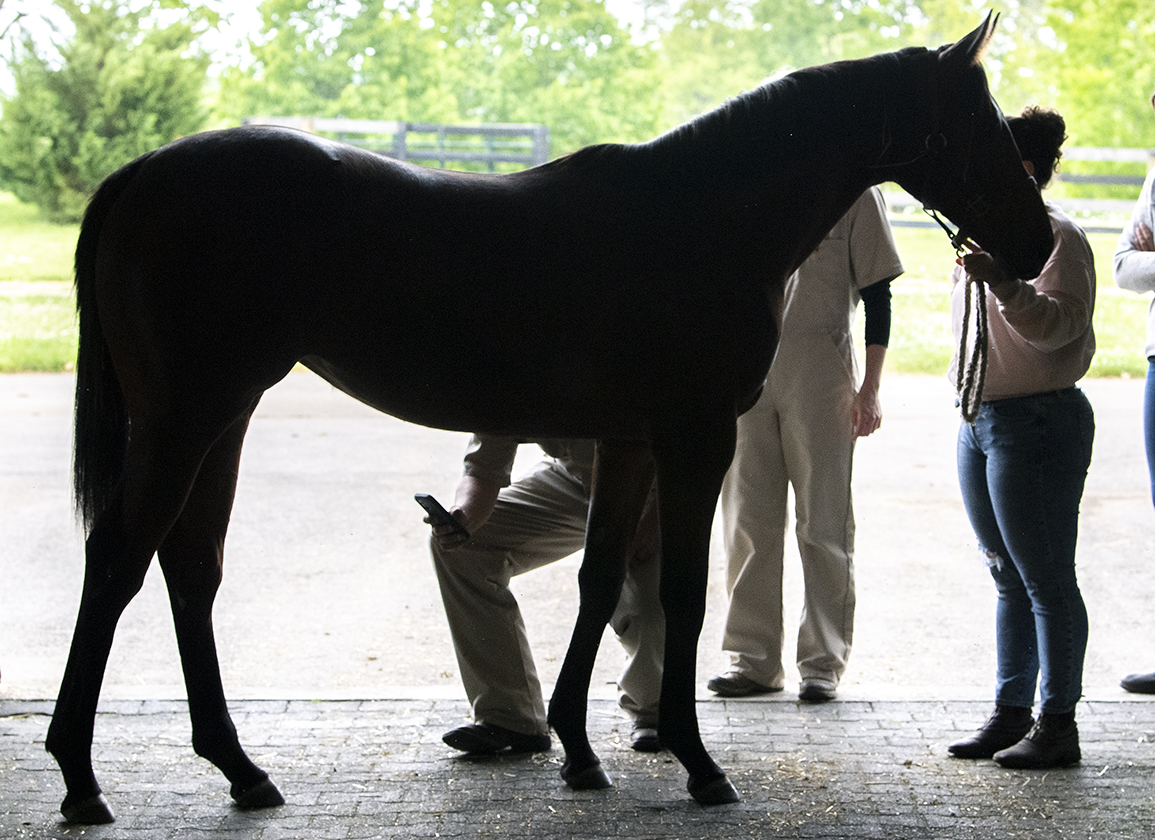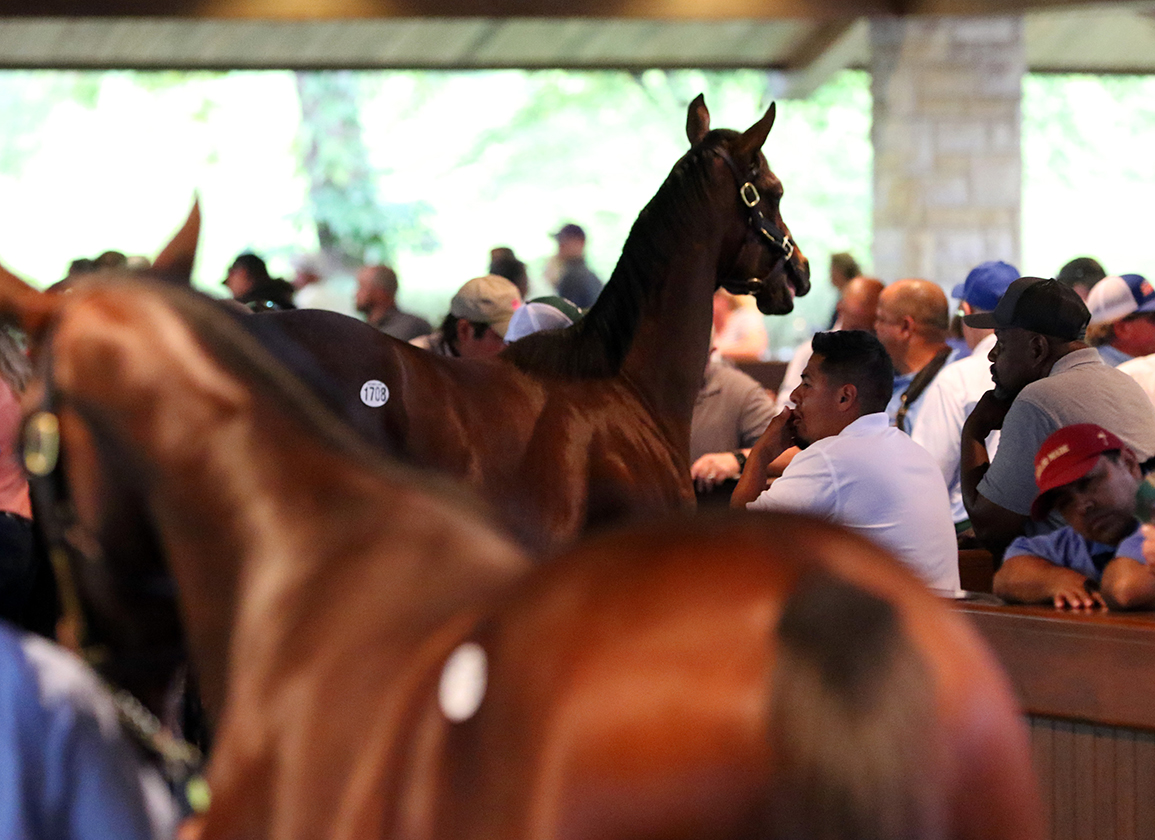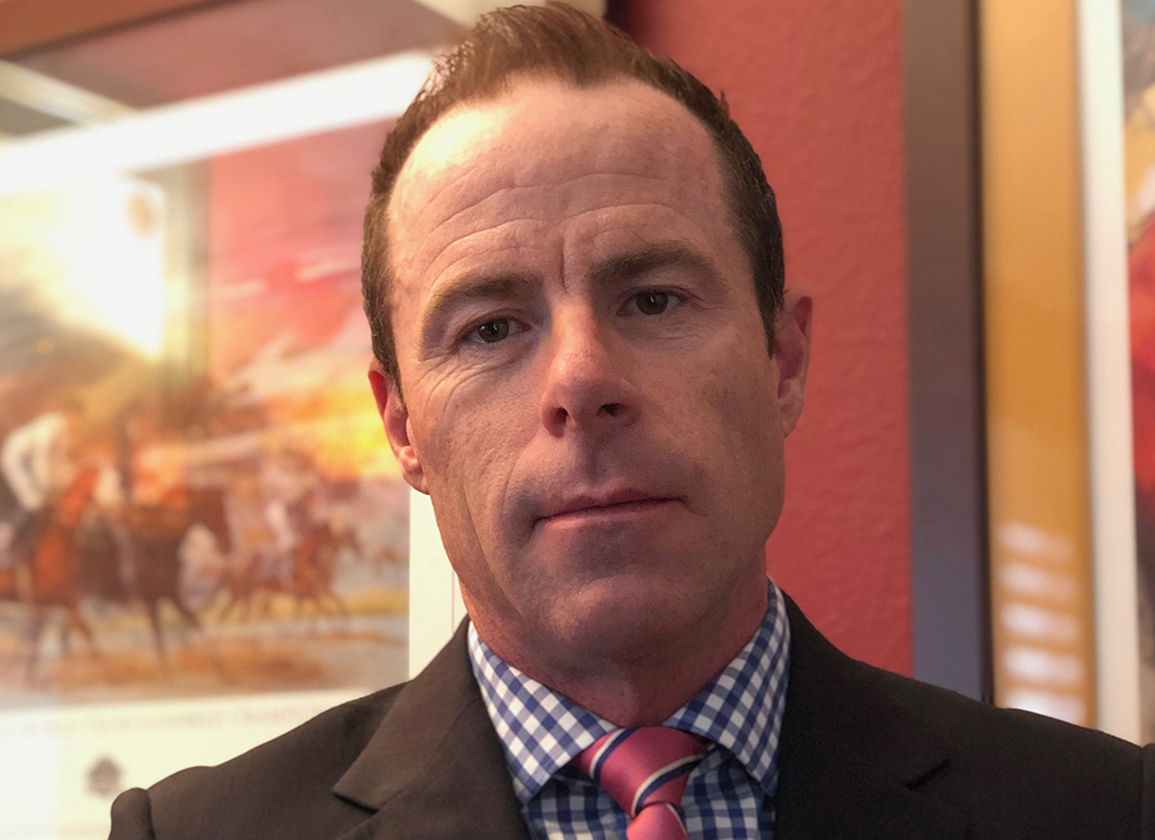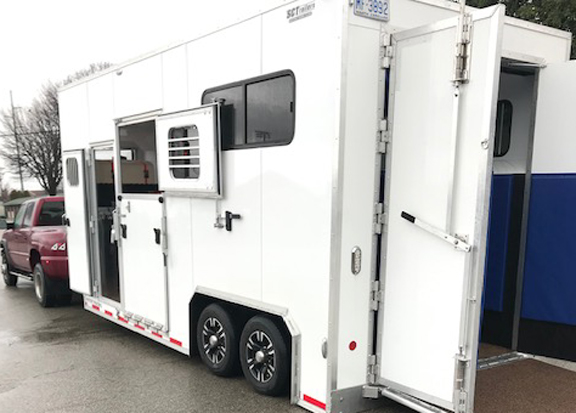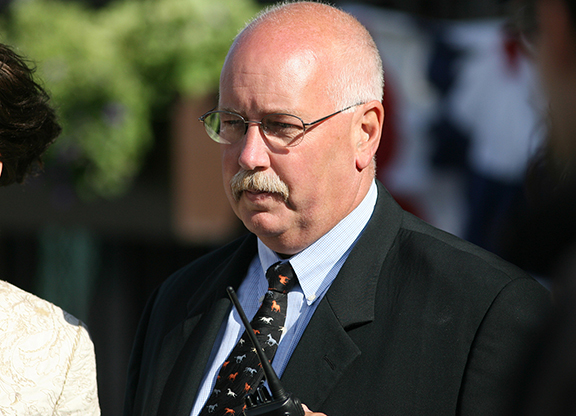The Racing Medication & Testing Consortium (RMTC) will hold the 5th annual RegVet CE 2022, a veterinary continuing education program for racing regulatory veterinarians, at Churchill Downs Mar. 21-22. With 18 hours of lectures and labs, in addition to interactive and hands-on sessions, the theme will be 'Infectious Disease and Movement of Horses.' Internationally recognized experts including Peter Timoney FRCVS, PhD (University of Kentucky); David Horohov, PhD (University of Kentucky); Maureen Long, DVM, PhD, DACVIM (University of Florida); and Laurie Beard, DVM, DACVIM (Kansas State University) will be featured. The...





